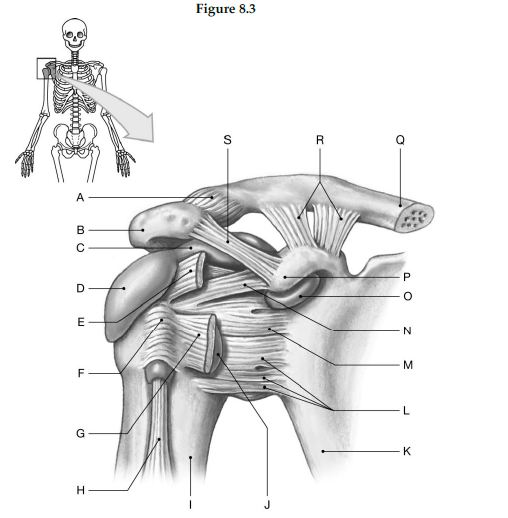The ________ drains lymph into the left subclavian vein.
A. thoracic duct
B. common lymphatic duct
C. left lymphatic duct
D. subclavian duct
Answer: A
You might also like to view...
The three cell types found in sponges are
A) Cnidocytes, mesenchyme cells, and nematocyst cells. B) Choanocytes, mesenchyme cells, and pinacocytes. C) Choanocytes, cnidocytes, and nematocyst cells. D) Nematocyst cells, mesenchyme cells, and pinacocytes.
Using the figure below, identify the labeled part.

1) Label A: ______________________________
2) Label B: ______________________________
3) Label C: ______________________________
4) Label D: ______________________________
5) Label E: ______________________________
6) Label F: ______________________________
7) Label G: ______________________________
8) Label H: ______________________________
9) Label I: ______________________________
10) Label J: ______________________________
11) Label K: ______________________________
12) Label L: ______________________________
13) Label M: ______________________________
14) Label N: ______________________________
15) Label O: ______________________________
16) Label P: ______________________________
17) Label Q: ______________________________
18) Label R: ______________________________
19) Label S: ______________________________
Which cranial nerve is NOT involved in eye movement?
A) vestibulocochlear nerve (VIII) B) trochlear nerve (IV) C) oculomotor nerve (III) D) abducens nerve (VI)
Enzymes are proteins that increase the rate of chemical reactions by
A. increasing the activation energy of the reaction. B. increasing the concentration of the reactants. C. decreasing the activation energy of the reaction. D. adjusting the temperature of the reaction.